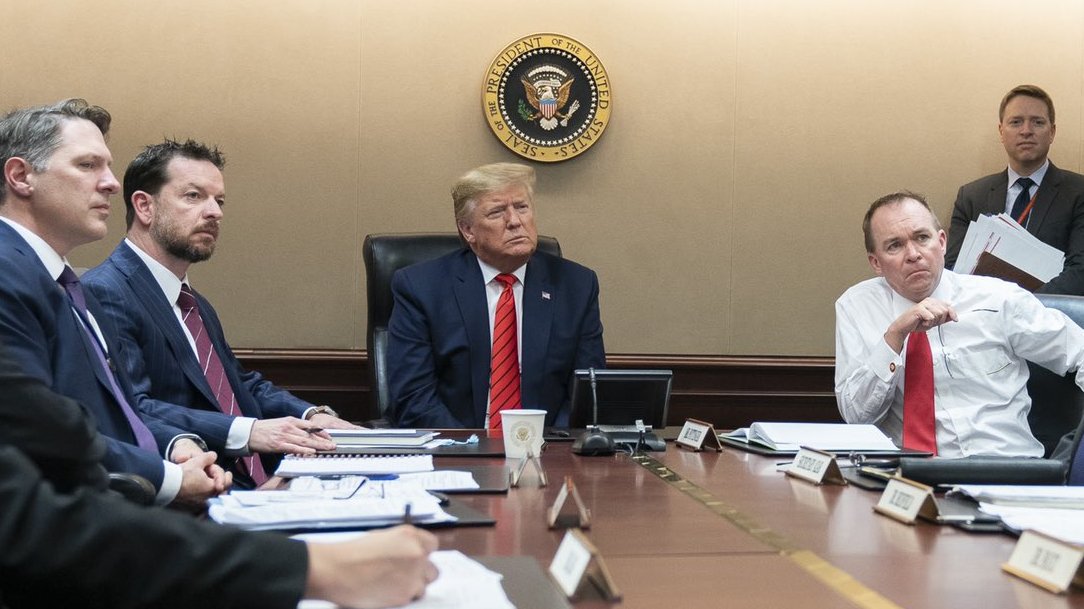The city of Agra is gearing up for a grand welcome to Donald Trump on February 24, 2020. A special battery bus shall take him to Taj Mahal. The historical monument will be closed for public from 12 noon on the day of Trump’s visit, citing ‘security reasons’. The responsibility of a revamp of Taj Mahal has been taken up by Archaeological Survey of India. Mud pack treatment is underway for hiding the dark spots, literally. The graves of Mumtaz and Shah Jahan are also being treated with mud for the first time since Taj Mahal was constructed. The river bed behind Taj Mahal is also being cleaned. 900 cusecs of water has been released in the Yamuna river which is not only dry but also very polluted.
Eviction for beautification
On the one hand, eviction notices were served to 45 families living in the vicinity of the newly constructed Motera cricket stadium. On the other, a four-foot wall has come up in Ahmedabad to hide slum dwellers. Why are the poor being forced to leave or hide themselves? Why is India ashamed of its poor? Is poverty a crime or sin? Every country has rich and poor people. Is India trying to show the president of USA that there are no poor in India? Who are the ones who built the wall and the stadium? Was it poor construction workers or rich businessmen like Trump himself? Moreover, is India ashamed of its poor or of itself, for not being able to improve their conditions?
Trump seems to be very fond of walls. He has longed for one to be built on the US border to prevent migration from Mexico. It is thus not surprising that one has come up in India as well, ahead of his visit. Beautification clearly does not mean displacing people from their usual residence. Building a wall to hide them is humiliating and demeaning; it is both discriminatory and exclusionary. Clearly more than one wall has been built; one is concrete and rises four feet high, while the other increases inequalities between the rich and poor. Like all other structures, walls are easy to build and very difficult to break.












